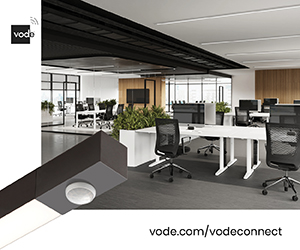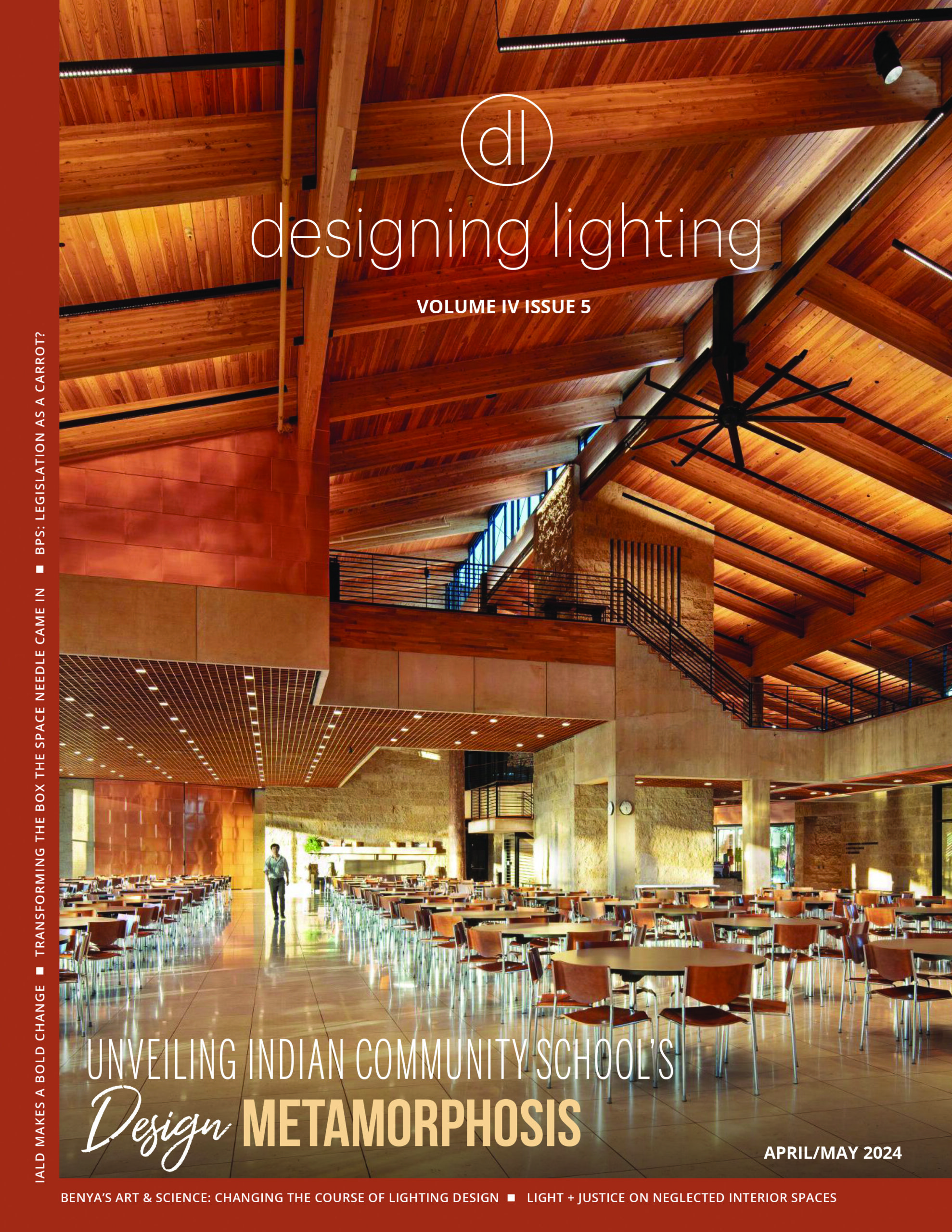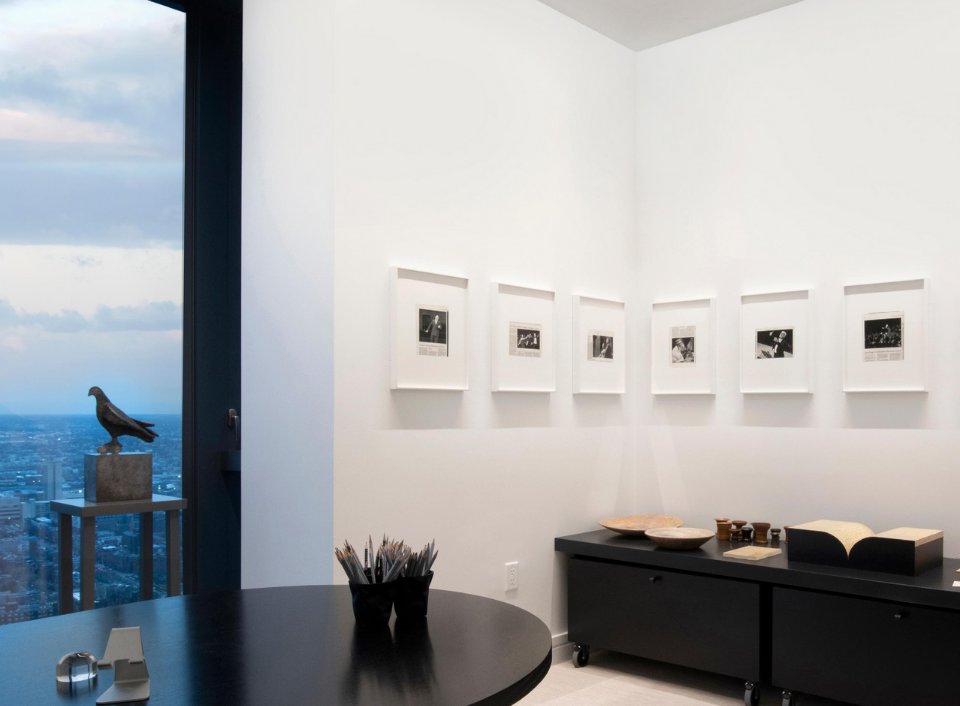aaa

“Everyone wants something special and unique,” notes Greg Kay, an award-winning lighting innovator, designer, and master electrician who has founded several companies (Tech Lighting, Pure Lighting, Edge Lighting, and Lightology) over his 40-year career, which includes acclaim as a roller disco lighting specialist in the 1970s alongside Paul Gregory of Manhattan-based Focus Lighting.
“I think the consumer has become more sophisticated, and they understand the value of good lighting design,” Kay says of today’s homeowners. Particularly in the medium to high-end and luxury markets, “people are building their dream homes and they are hiring lighting designers,” he explains.
Kay realized lighting’s effects on mood back in those roller disco design days, when he observed how good lighting design would invigorate club-goers who were tired from having worked all day and energize them enough to dance all night. “It’s the whole concept of [evoking] emotion,” he states.

For a Boston client who passionately collects art, having a custom lighting solution – in this case, PureEdge Lighting’s Cirrus wall-wash fixtures – that could subtly showcase her collection without any other visual distractions (i.e. lighting fixtures) was the goal.
Fast-forward four decades and that tenet holds true, but the tools have evolved. “LED has been a huge advantage to lighting design,” Kay comments. In addition to LEDs allowing fixtures to be in a smaller and less obtrusive size than ever before, they also can be installed in ways that previous light sources could not, such as being literally plastered into walls to create a glow of linear light.
a
“I think the consumer has become more sophisticated, and they understand the value of good lighting design.” ― Greg Kay
a
Understandably, creating lighting effects such as cove lighting and wall-washing were immediately embraced in office and hospitality projects, but Kay has observed specifying architectural lighting effects in residential projects slowly gaining ground.
Savvy designers are selecting architectural products such as pinhole, adjustable spots, and linear wall-wash fixtures in residential applications because they are precisionengineered to block glare among other performance-driven capabilities.
For example, at the Four Seasons Residences in Boston, lighting designer Sergio Mazon of Mazon Lighting and lighting specifier Omnilite selected PureEdge Lighting’s wall wash architectural lighting to evenly illuminate a prized art collection in the client’s home.
The goal was to enhance the art and render the art and colors in their truest forms.
Choosing architectural lighting for a residential setting might have seemed unconventional years ago, but Kay finds it’s becoming more widely accepted when creating visual interest or as an architectural element in the living space.
When designing a new home, there are much less limitations regarding lighting design than in the past. “It’s no longer a paint-by-numbers scenario,” Kay says, where lighting can only be placed in certain areas on the wall or ceiling and is treated as more of an after-thought than part of the construction process.
“To truly appreciate the value of a space, you need architectural lighting,” Kay states. “And with products like plaster-in recessed linear, you can draw any size or shape. You don’t have to worry about hitting studs or going between joists. The drywall is your canvas. It becomes one with the architecture,” he comments. “These are tools that lighting designers didn’t have as recently as several years ago. Designers can now accent architectural features in an integral way; the lighting is not just something attached to the building.”
According to Kay, electricians and builders are open to these new lighting approaches. “I’m an electrician by trade, so everything [at PureEdge Lighting] is about how simple it is for the electrician to solve problems,” he says.
In addition to recessed linear, there is another architecturally based technology on the horizon in the residential arena. “Tunable White in a range of 6500K to 2700K is becoming popular in commercial office spaces. We’re seeing it take off quicker there,” Kay notes, adding that a range of 6500K to 2000K is more suited for residential spaces, although currently under-utilized. That will soon change.
“The Department of Energy (DOE) did a study [Tuning the Light in Senior Care, 2016] evaluating the beneficial effects of tunable white light in senior care facilities,” Kay mentions. The results revealed residents sleeping better and feeling a greater sense of well-being. “We all know that lighting affects emotion,” he states. “How do you feel on a cloudy day versus a sunny day? By using color-tuning, you can create the space and emotion you want.”
In the aforementioned case of clients with treasured works of art in their homes, tunable light is an incredible tool for maximizing the look of that investment. “If there are warm tones in the painting, you’d want to hit it with warmer color. If there are more blue tones, you can change it to a cooler color temperature and really saturate that color,” Kay advises. “That’s what lighting can do. You’re painting with light.”
PureEdge Lighting offers Warm Dim on its line of TruTrack® and MR16s, while TrueLine, Verge, Reveal Wall Wash, and Cover are all a part of the Tunable technology family of products.
Warm Dim, Kay explains, is a direct replacement product while Tunable, which requires rewiring, is best in new construction. “Both give a whole new dimension to the space,” he adds. “For me, I view tunable light like the advent of color TV. I think it’s the future. However, the average person doesn’t know what Warm Dim and Tunable are yet. The challenge is educating the public; it’s going to take a village.” Adoption will happen over time. “After all, we had to educate the client on halogen years ago,” he recalls.
The beauty of these new architectural products is that they allow the client to become lighting fixture designers to some degree. They can achieve something completely unique for their home that no one else has.
“Lighting has always been an asset — if it’s done right,” Kay affirms. When homeowners see what can be achieved, there is often little price resistance. “It gives value to their home, and they realize they’re going to be living in that light for a long time.”

This residential kitchen in Chicago features Pure Lighting’s plaster-in TruLine LED recessed linear lighting on a flat ceiling and featuring tunable color. Photo credit: Four Seasons Residences, Boston Photographer: Tracy Shankle




